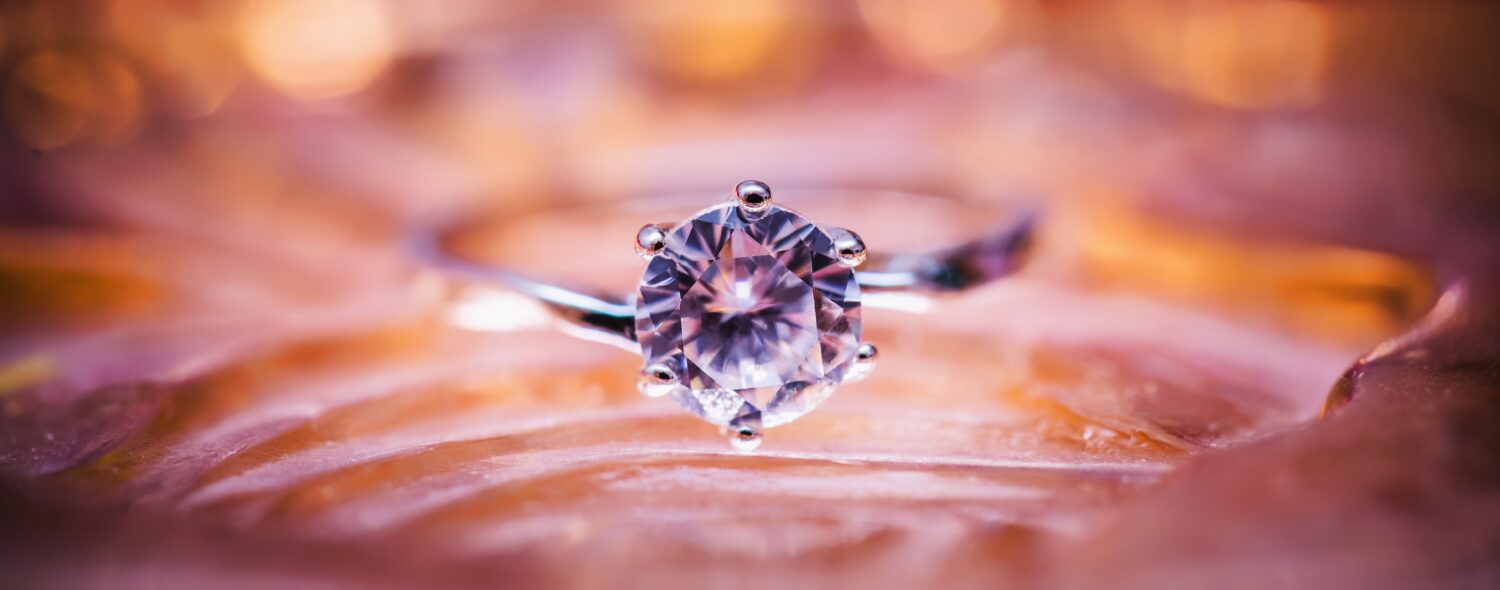Diamond or brilliant?
In fact, every brilliant is a diamond, but not every diamond is a brilliant. Why? Because in jewelry terminology a diamond is a diamond cut in one particular way. So what is both?
Diamond is the hardest natural mineral, essentially consisting of carbon that is crystallized in a regular (cubic) pattern. Its Mohs hardness is 10, its density is approximately 3.52 (g / cm3), and its refractive index is 2.417. Diamond crystals can be yellow, brown, black or colorless and transparent.
On the other hand, in jewelry terminology, the term brilliant is used to name a diamond in a round form with a full brilliant cut. In trade and colloquial language, however, diamonds are usually defined as all cut diamonds, not just those with a brilliant cut.
- https://www.chichotki.pl/suknie-slubne-jak-wybrac-idealny-material/
- https://www.akukuwyszkow.edu.pl/czy-przeszczepy-wlosow-zawsze-sa-skuteczne/
- https://www.podkladka.com.pl/szkola-jezykowa-kiedy-przychod/
Emerald – the green eye of hope
One of the most valuable gemstones is the emerald. It is a type of beryllium, a mineral belonging to the group of silicates. The name comes from the Greek smaragdos (and also from Latin smaragdus – green). It refers to the characteristic color of this mineral, caused by substitutions of chromium ions, less often of vanadium and iron. The emerald color is difficult to describe in itself, as emeralds range in color from light green (apple green), through grass, to dark green. The value of a stone is closely related to its color. The most valuable stones are the dark green ones that come from Colombia. A real, natural emerald is very easy to see with the naked eye. Each of them has inclusions, i.e. air bubbles, infiltrates and mineral particles.jewelry stores .
Ruby – red fire of desire
Ruby is a pink to blood red gemstone. It is a rare mineral from the group of oxides, it is the most valuable mineralogical variety of corundum. In its purest form, corundum is a colorless mineral. The red color of ruby is due to the trace element chromium. The more chrome, the stronger the color. In addition, chromium can cause fluorescence, which also intensifies the color and raises the price. Its name also derives from the color – Latin. Rubens. In ancient cultures it was also believed that the red colored crystal had power over existence. Thanks to its color, it is associated with blood and life. It protects against evil as an amulet and brings good luck as a talisman.
Not only sapphire blue
Sapphire is a very hard mineral from the oxide cluster, just like ruby is, it is one of the types of corundum. Sapphire usually forms crystals in the form of pseudo-hexagonal poles (with a hexagonal cross-section) and bipyramid. On the walls of the crystals it often shows transverse markings. It is brittle, transparent, and often shows divisibility using the twin planes.
There are also sapphires of other colors: white, colorless (leucoshaphir), light pink, reddish, orange-red (paparaja, the so-called hyacinth), purple, purple (eastern amethyst), violet-blue (cashmere sapphire), green (eastern emerald), light blue (aquamarine) eastern), gray, brown, black.
There are also two-color varieties of sapphire (watermelon sapphire) and those exhibiting asterism (star sapphire). The color is caused by admixtures of iron, titanium, magnesium, vanadium and chromium. The admixture of iron with bivalent or trivalent titanium gives the sapphire its most typical blue color. Trivalent iron ions, depending on the amount, color it yellow and green, chromium ions red and the addition of vanadium purple.
Some varieties of sapphire show pleochroism (color changes depending on the polarization of the light passing through the body) and even luminescence. Sapphire enriches the windows of jewelry stores , you will not be indifferent to it!
Cymophan’s cat’s eye
A cymophane, known as a cat’s eye, is a less popular gemstone among lovers of silver jewelry and an equally beautiful and valuable gemstone . It is a variety of chrysoberyl that exhibits a cat’s eye effect. Cymophan is also called cymophanite, and the name comes from the Greek words kyma – wave and fainio – I show (wavy light reflections when the stone is turned).
Cymofan can have many varieties of yellow with different saturation, from shades of green to gray. It is rarely blue in color. It has a glassy, greasy reflection, and its Mohs hardness is 8.5 – which makes cymophane very hard. Cymofan has many characteristic inclusions that make it non-translucent. These inclusions are needle-like infixes and tubules and are very desirable in the case of cymophans. The more of them, the more pronounced the “cat’s eye” effect.






